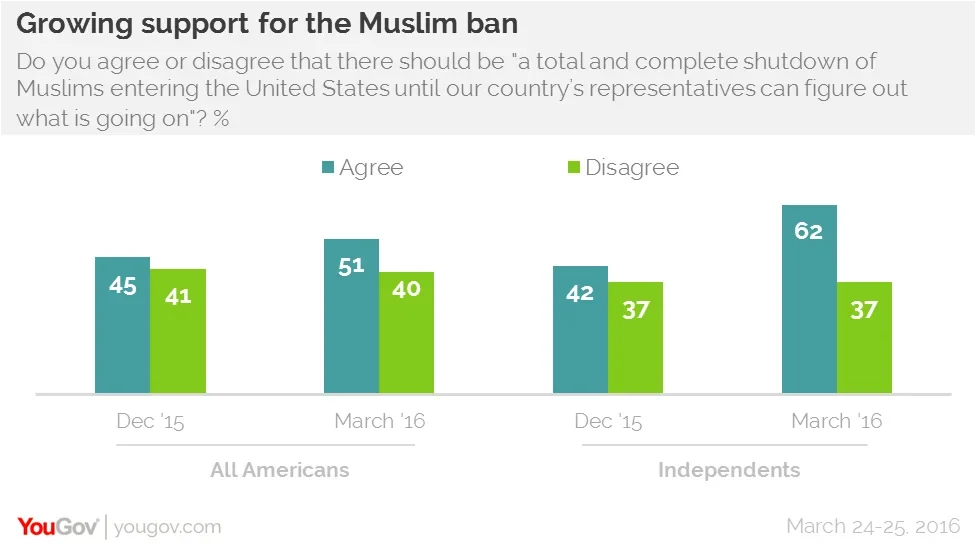### What is a Partially Amortized Loan: Understanding Its Benefits and Drawbacks
Guide or Summary:What is a Partially Amortized LoanKey Features of Partially Amortized LoansAdvantages of Partially Amortized LoansDisadvantages of Partiall……
Guide or Summary:
- What is a Partially Amortized Loan
- Key Features of Partially Amortized Loans
- Advantages of Partially Amortized Loans
- Disadvantages of Partially Amortized Loans
- Who Should Consider a Partially Amortized Loan?
What is a Partially Amortized Loan
A partially amortized loan is a type of loan where the borrower makes regular payments that cover only a portion of the principal and interest over the loan term, leading to a remaining balance, or "balloon payment," due at the end of the term. This structure is often used in commercial real estate financing, as it allows borrowers to benefit from lower monthly payments while still providing a clear timeline for repayment.
Key Features of Partially Amortized Loans
One of the defining features of a partially amortized loan is its payment structure. Unlike fully amortized loans, where the borrower pays off the entire loan amount through regular payments over the term, partially amortized loans require the borrower to pay only a portion of the principal during the term. The remaining balance is due as a lump sum at the end of the loan period. This can be advantageous for borrowers who expect to refinance or sell the property before the balloon payment is due.

Advantages of Partially Amortized Loans
One significant advantage of a partially amortized loan is the lower monthly payments compared to fully amortized loans. This can free up cash flow for businesses or individuals, allowing them to invest in other opportunities or manage other expenses. Additionally, the structure of partially amortized loans can be appealing for real estate investors who plan to sell or refinance their properties before the balloon payment comes due.
Another benefit is the flexibility it offers. Borrowers can negotiate terms that suit their financial situation, such as the loan amount, interest rate, and term length. This can be particularly useful in commercial real estate, where property values and market conditions can change rapidly.
Disadvantages of Partially Amortized Loans
Despite their advantages, partially amortized loans also come with certain risks. The most significant drawback is the balloon payment at the end of the loan term. Borrowers must be prepared to pay off the remaining balance, which can be substantial. If they are unable to refinance or sell the property before the payment is due, they may face financial strain.

Additionally, because the monthly payments do not cover the entire principal, borrowers may find themselves with a larger debt than anticipated at the end of the term. This can lead to difficulties in managing finances and planning for future expenses.
Who Should Consider a Partially Amortized Loan?
Partially amortized loans can be suitable for specific borrowers, particularly those involved in real estate investment. Investors who plan to hold onto a property for a short period may find this type of loan beneficial, as it allows them to minimize monthly payments while they work on increasing the property's value.
However, it is essential for borrowers to carefully assess their financial situation and future plans before opting for a partially amortized loan. Understanding the implications of the balloon payment and having a strategy in place for managing it is crucial to avoid potential pitfalls.

In summary, a partially amortized loan can be a useful financial tool for borrowers looking to manage their cash flow and invest in real estate. However, it is vital to weigh the benefits against the risks, particularly the looming balloon payment. By understanding what a partially amortized loan entails, borrowers can make informed decisions that align with their financial goals and circumstances.